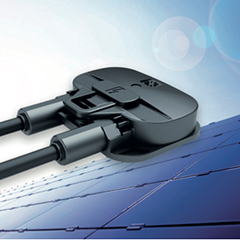We’re delighted to welcome back Hirschmann Renewable Energy to the magazine. The company presents a thought-provoking essay on the reported decline of quality in the solar industry and offers its own solutions…
Most of us respond when asked, believe that energy is obviously one of the most important fundamentals of our being on this planet.
In our daily life, we expect energy to be easily available wherever we are.
For the last hundred years there has been a tremendous increase in energy consumption around the world, mainly due to the increase in the world’s population during this period, but even more so because of the surge of industrial production and ever-rising private energy consumption per capita around the globe.
So far, you will find consensus on the historical facts of the current situation, but when it comes to how future energy demands should be met, the debate starts.
Some argue that there is still enough fossil-based energy around, while others comment that it will be just a matter of time until we run out of it (issues like global warming left aside).
Looking at the analysis and results of this issue by the Club of Rome, you might become frightened, asking how mankind will be able to satisfy the ever-increasing energy hunger of the world in the years to come.
One of the ways to fill the gap will certainly be the further tapping of solar energy.
Driven by the Kyoto Agreement, the production and usage of solar energy increased over the last 10 years to a degree that it came out of its niche market, served by rather small and mid-sized companies, to become an interesting market for even multinational companies.
The results are on the one hand, today’s imbalance between supply and demand leading to tumbling profits and even illiquidity, and on the other hand, rapid growth in solar installations leading to complications in grid integrity, the need for battery systems to buffer excess supply, the demand for self-consumption, the trend towards intelligent homes and many others.
All of these factors are indicators of an ongoing transformation in how we will generate, distribute and consume energy in the future.



























